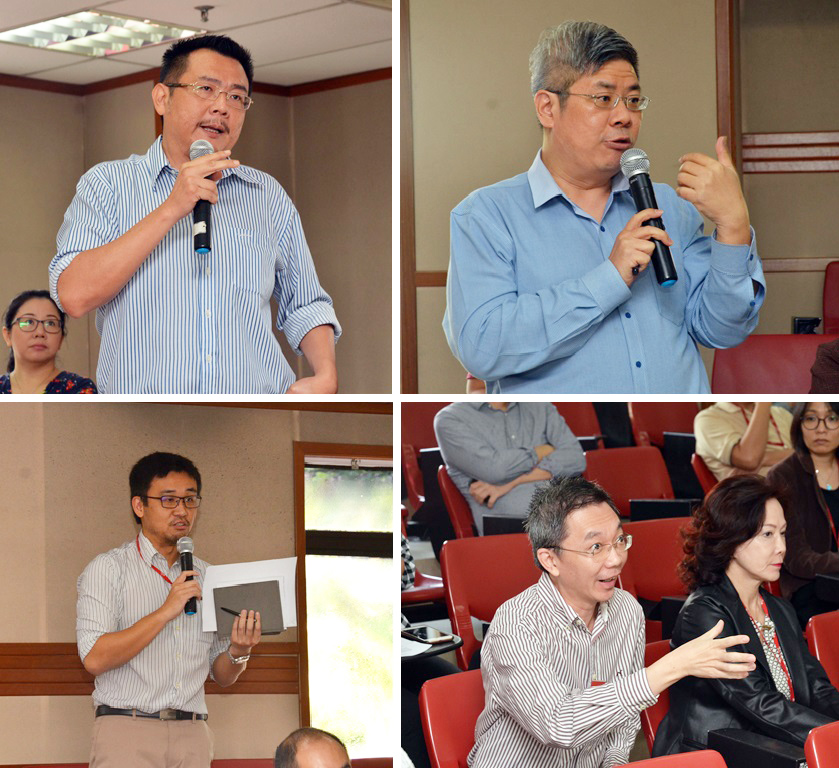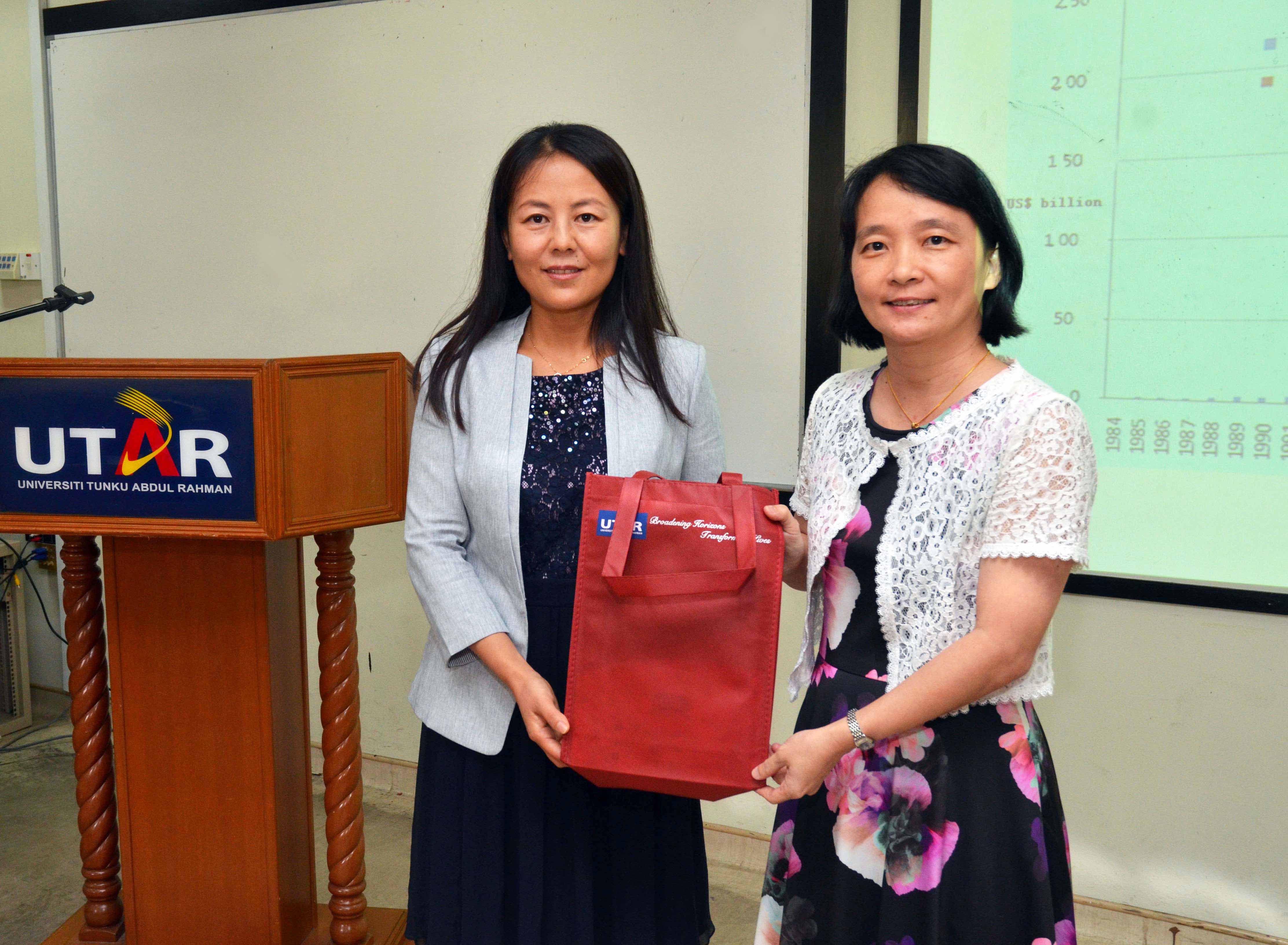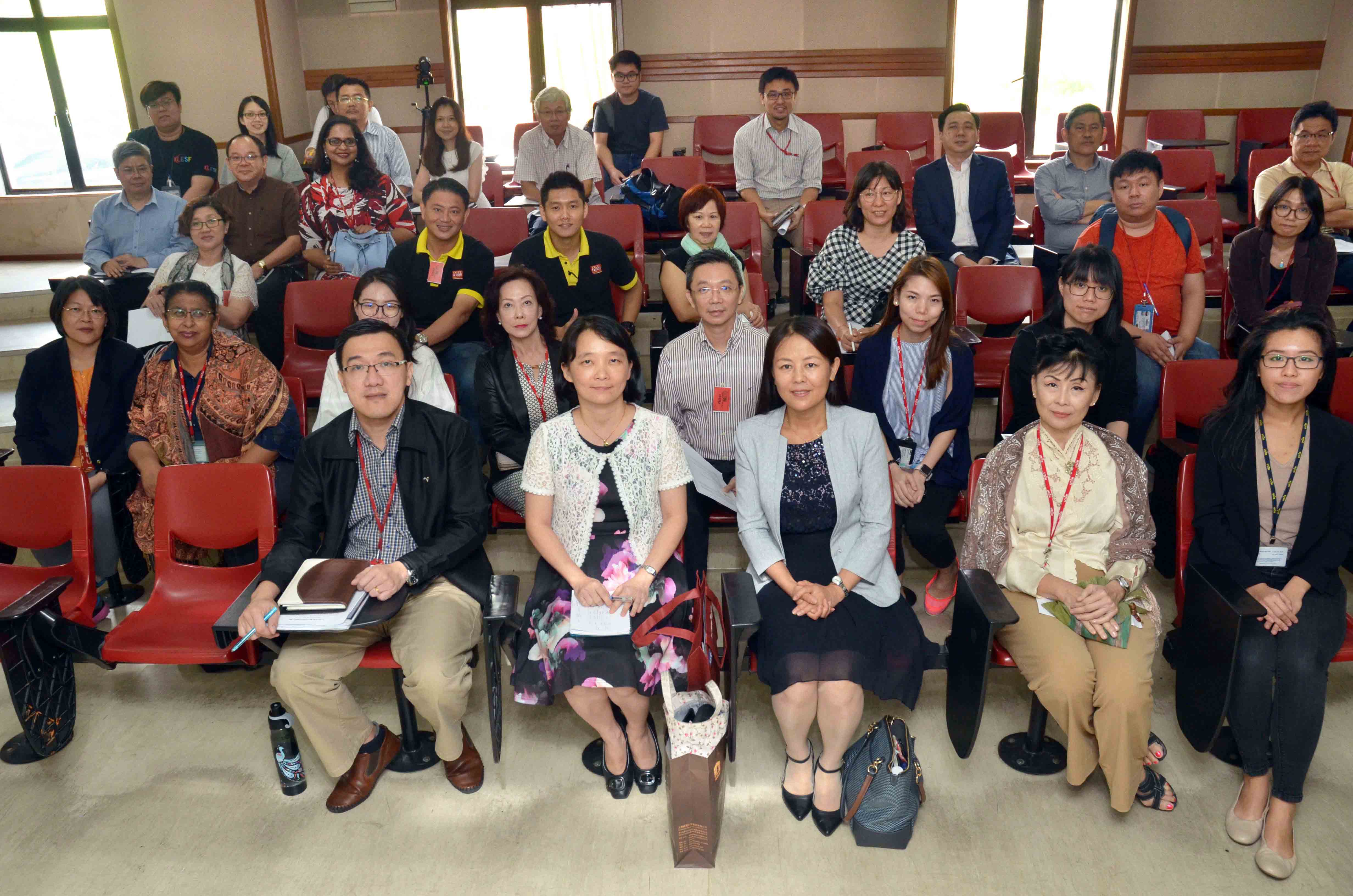
A talk titled “The Belt and Road Initiative and Regional Economic Cooperation” was held on 26 September 2018 at Sungai Long Campus. It was jointly organised by the Institute of Management and Leadership Development (IMLD), Belt and Road Strategic Research Centre (BRSRC) and Tun Tan Cheng Lock Centre for Social and Policy Studies (TCLC).

Prof Mao delivering her talk
Invited to deliver the talk was Prof Dr Mao Xinya. She is a Professor of Economics and Director of the Belt and Road Research Center at China Executive Leadership Academy Pudong (CELAP). During the talk, she provided the background of Belt and Road Initiative (BRI) and explained the ways of regional economic cooperation in BRI scheme as well as the progress of BRI. She also said that due to mega-regionalism such as Transpacific Partnership (TPP) and Transatlantic Trade and Investment Partnership (TTIP), China saw the need to take new opening measures to avoid economic marginalisation in the world stage.
She explained that the initiative mainly focuses on six economic corridors and six channels (六廊六路). The economic corridors have been identified as China-Mongolia-Russia, New Eurasia Land Bridge, China-Central Asia-West Asia, China-Indochina Peninsula, China-Pakistan and Bangladesh-China-India-Myanmar economic corridor; while the channels refer to communications and distribution channels comprising highways, railways, airlines, waterways, pipelines and networks. She also highlighted the four ways of regional economic cooperation which were enhancing infrastructure connectivity, jointly setting up industrial cooperation zones, creating synergy between the development plans of the countries along the route of BRI and improving financial integration.
She mentioned that industrial cooperation is a practical way to accelerate the process of industrialisation for the BRI region. She presented the examples of Industrial Zone to the audience, including Great Stone Park and Thai-Chinese Rayong Industrial Zone. She said, “As the largest manufacturing country, China can be a driving force for regional country development by its comparatively capital-intensive and high tech production, which is complementary with some of the countries along the route.”
Moreover, Prof Mao also discussed the importance of BRI and its position in China’s New Opening-up Pattern. She concluded that the mechanism of BRI can be open and flexible, bilateral or multilateral, which is pragmatic and practical for China to cooperate with these regions. She also added that the spirit of Silk Road lies in peace and cooperation, openness, and inclusiveness, mutual learning as well as mutual benefit. “Currently, the purpose of BRI is to deepen policy connectivity, enhance infrastructure connectivity, increase trade connectivity, expand financial connectivity and strengthen people-to-people connectivity with the countries involved, in order to enlarge the regional economy and to achieve mutual benefit and win-win situation,” she said.
The talk then ended with an interaction Q&A session, followed by a souvenir presentation from BRSRC Chairperson-cum-IMLD Director Prof Dr Cheng Ming Yu to Prof Mao.

An interactive Q&A session

Prof Cheng (right) presenting a token of appreciation to Prof Mao

Prof Mao (front row, centre) with participants
© 2019 UNIVERSITI TUNKU ABDUL RAHMAN DU012(A).
Wholly owned by UTAR Education Foundation Co. No. 578227-M LEGAL STATEMENT TERM OF USAGE PRIVACY NOTICE